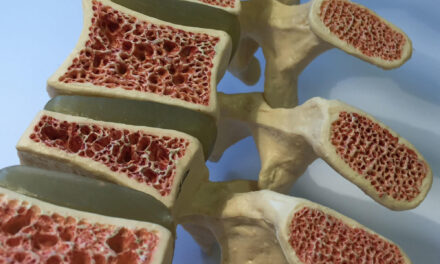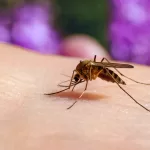Groundbreaking Study Reveals Key Mechanism in Tumor Cell Death, Paving the Way for More Effective Cancer Treatments
Scientists at the Children’s Medical Research Institute (CMRI) have made a monumental breakthrough in cancer research, uncovering the reason why cancer cells die in different ways after radiotherapy. This long-awaited discovery holds the potential to revolutionize cancer treatments, improving the effectiveness of radiotherapy and increasing cure rates for patients worldwide.
Published in Nature Cell Biology, the study was led by Professor Tony Cesare and authored by Dr. Radoslaw Szmyd, a member of CMRI’s Genome Integrity Unit. For over 30 years, researchers have been puzzled by why radiation therapy, a cornerstone of cancer treatment, kills cells in varied ways, even within the same tumor. This understanding is crucial because certain types of cell death are not recognized by the immune system, while others trigger an immune response, leading to the elimination of other cancer cells.
According to Prof. Cesare, the research revealed a surprising factor: DNA repair plays a critical role in how cancer cells respond to radiotherapy. “DNA repair, which normally protects healthy cells, determines how cancer cells die following radiotherapy,” he said. Under normal circumstances, DNA repair mechanisms protect cells from damage. However, when these mechanisms detect overwhelming damage, like that caused by radiation, they direct the cancer cell to die in a specific manner.
The Role of DNA Repair Pathways in Cell Death
The team discovered that when cancer cells repair radiation-induced DNA damage through a method known as homologous recombination, they die during cell division (mitosis) — a form of death that does not trigger an immune response. This is a problem because, without immune activation, the body does not recognize the tumor for destruction.
On the other hand, cancer cells that use different DNA repair mechanisms to cope with radiation-induced damage survive mitosis but release cellular byproducts that mimic signs of infection. These signals alert the immune system, prompting it to target the cancer cells for destruction.
In a groundbreaking twist, the researchers found that blocking homologous recombination could change the way the cancer cells die, triggering a powerful immune response. This new approach could significantly enhance cancer treatments by utilizing drugs to force cancer cells to die in a way that activates the immune system.
New Pathways for Treatment and Immunotherapy
Dr. Szmyd and his team also discovered that cancer cells harboring mutations in the BRCA2 gene, a critical gene for homologous recombination, do not die during mitosis after radiotherapy. This insight could open doors to new strategies in treating cancers linked to BRCA2 mutations, such as breast cancer.
A/Prof. Harriet Gee, a radiation oncologist involved in the study, described the discovery as a game-changer for radiotherapy. “These findings answer a clinical question that has puzzled the field for 30 years,” she said. “It opens up new opportunities to enhance radiation efficacy by combining it with other therapies, particularly immunotherapy, to increase cancer cures.”
Technological advancements, including live cell microscopy, played a vital role in this breakthrough. Prof. Cesare credited this technology for allowing the team to observe the full complexity of cancer cell responses to radiotherapy, which was critical in identifying the underlying mechanisms.
A Rewarding Discovery for Cancer Patients
The research is the result of six years of dedicated work by Dr. Szmyd and the CMRI team. “The perseverance required for a project of this scope is a testament to Radek and the team,” said Prof. Cesare. “Discovering something like this that has the potential to make a big difference to people’s lives is incredibly rewarding.”
The study was funded by the MRFF, Westmead Charitable Trust, Cancer Council NSW, Australian Cancer Research Foundation, and National Health and Medical Research Council.
Disclaimer: This article is based on research published in Nature Cell Biology and represents the findings and conclusions of the study authors. The described treatment advances are subject to further clinical trials and peer review. Readers should consult medical professionals for personal health concerns.












